In this newsletter, you can read about:
- Wings of Change: How Hop Trees Are Helping Giant Swallowtails Thrive
- New Executive volunteers
- All hail to the valiant Pinhey Sand Dune volunteers
- Poem “Life of a Wildflower”
Wings of Change: How Hop Trees Are Helping Giant Swallowtails Thrive
By Yasmeen Jahan
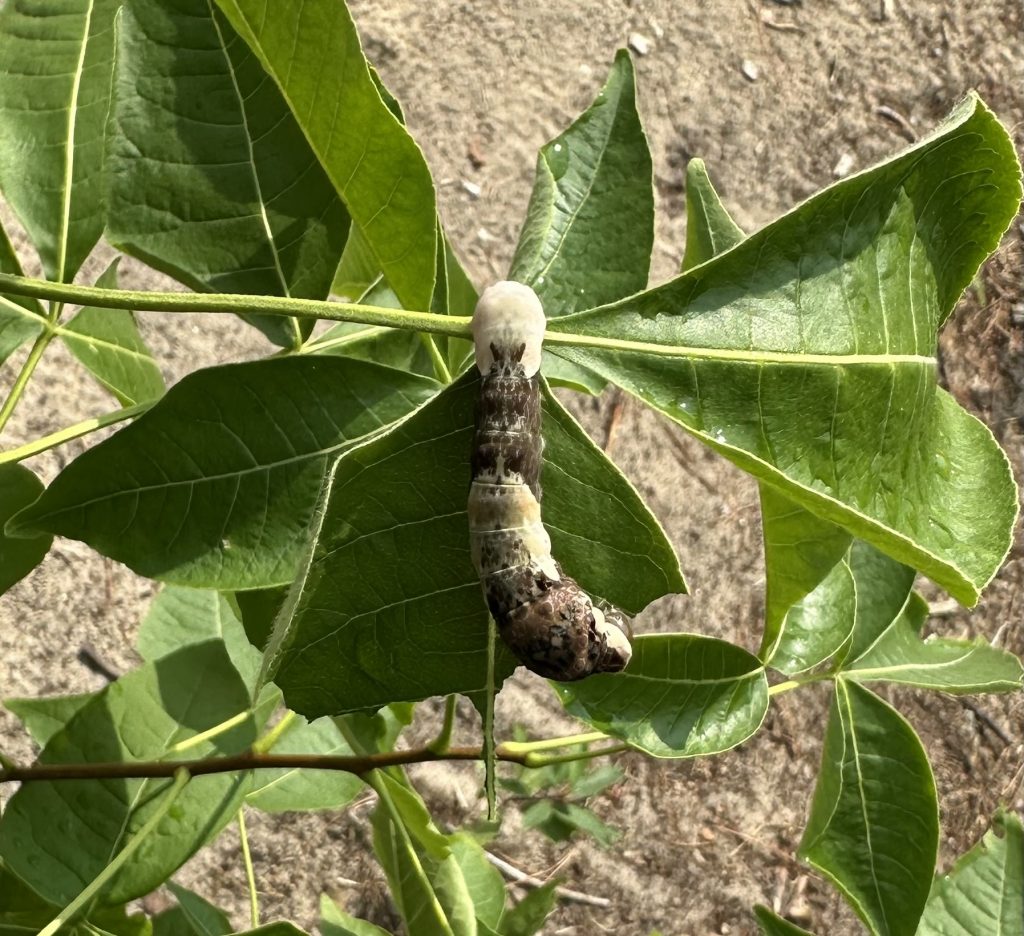
An amazing ecological connection is establishing itself at the Pinhey Sand Dunes. Hop Trees (Ptelea trifoliata) have been introduced deliberately as a host plant for Canada’s most enormous butterfly, the Giant Swallowtail (Papilio cresphontes). Their locally native host plant is Common Prickly Ash (Zanthoxylum americanum), but it spreads too aggressively to add to the dunes. Hop Trees, originating in south-western Ontario, were added instead.
Backed by Biodiversity Conservancy International, this project is starting to yield results. Over the past few years, hundreds of Giant Swallowtail caterpillars have been seen consuming leaves of young Hop Tree saplings dispersed across the dunes. Once rare in this area, these butterflies are progressively increasing their range northward as a result of climate change, and the availability of larval host plants.
To protect these fragile caterpillars from predation, volunteers have temporarily installed enclosures of mesh netting, giving them a better chance to finish their life cycle.
This effort stresses the need for species-specific conservation initiatives. Offering the appropriate plant at the proper moment enables the Conservancy to not only help butterfly populations but also improve the dune ecosystem’s biodiversity.
Programs like these demonstrate how well-planned ecological planning can create new habitats, foster new relationships, and inspire new hope for endangered species as we adapt to changing environmental conditions.
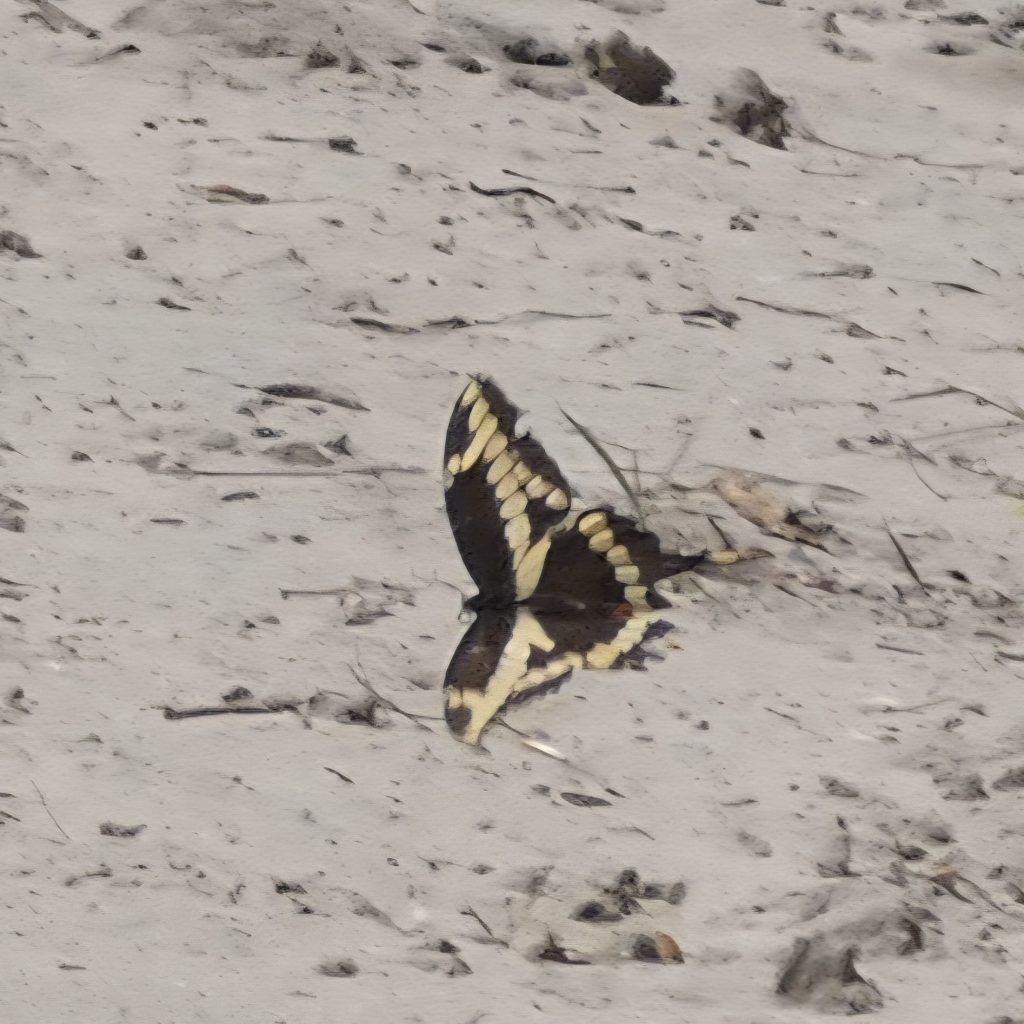
New Executive volunteers
Give a warm welcome to our new executive volunteers.
Instagram manager
Friends has revived its Instagram presence with a new account maintained by Amy Doherty, a Carleton Environmental Studies grad. Follow us on Instagram at @pinheysanddunes_friends https://www.instagram.com/pinheysanddunes_friends/
Website Administrator
Our new Website Administrator, Ana Amaya, studied Interactive Media Design at Algonquin college. Ana hails from Mexico, where she gained years of experience managing digital campaigns and content strategies for small businesses.


Photography Coordinator
Frank Moore has been volunteering at the dunes for 5 years, since he visited during a university Environmental Sciences class. He combines his passion for the dunes, and his enthusiasm for photography as our new Photography Coordinator.
Newsletter Coordinator
Karen Lane brings a wealth of experience from her career abroad as a producer, writer, editor, and communications director to our humble newsletter. I look forward to seeing her great article ideas, and the work of our talented volunteer writers in print.
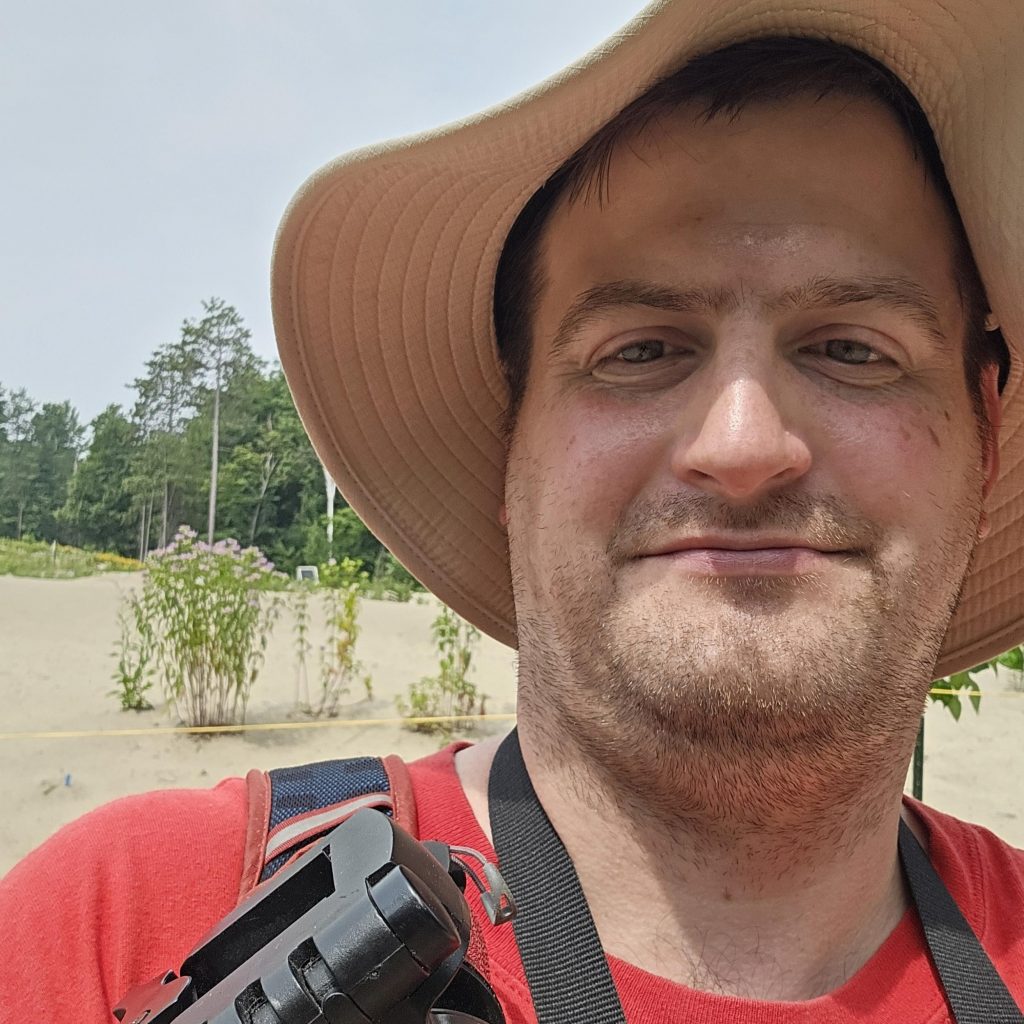
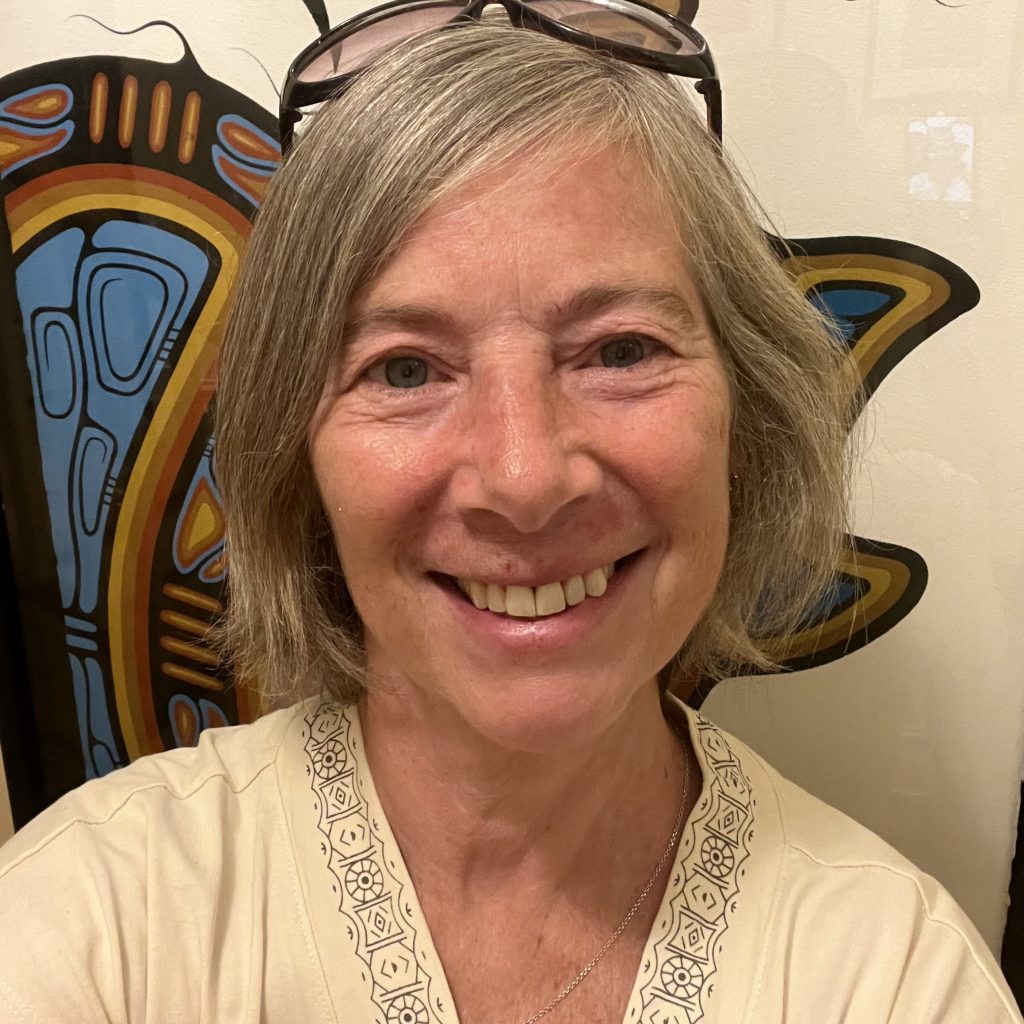
All hail to the valiant Pinhey Sand Dune volunteers
Restoration of the Pinhey Sand Dunes relies on volunteers to help with on-the-ground horticultural-style work but also to bring ideas for new projects, planning and organization, communication and promotion, outreach and artistry.
Here are just a few of the volunteers working with us in different capacities, we thank them and all the others not mentioned here.
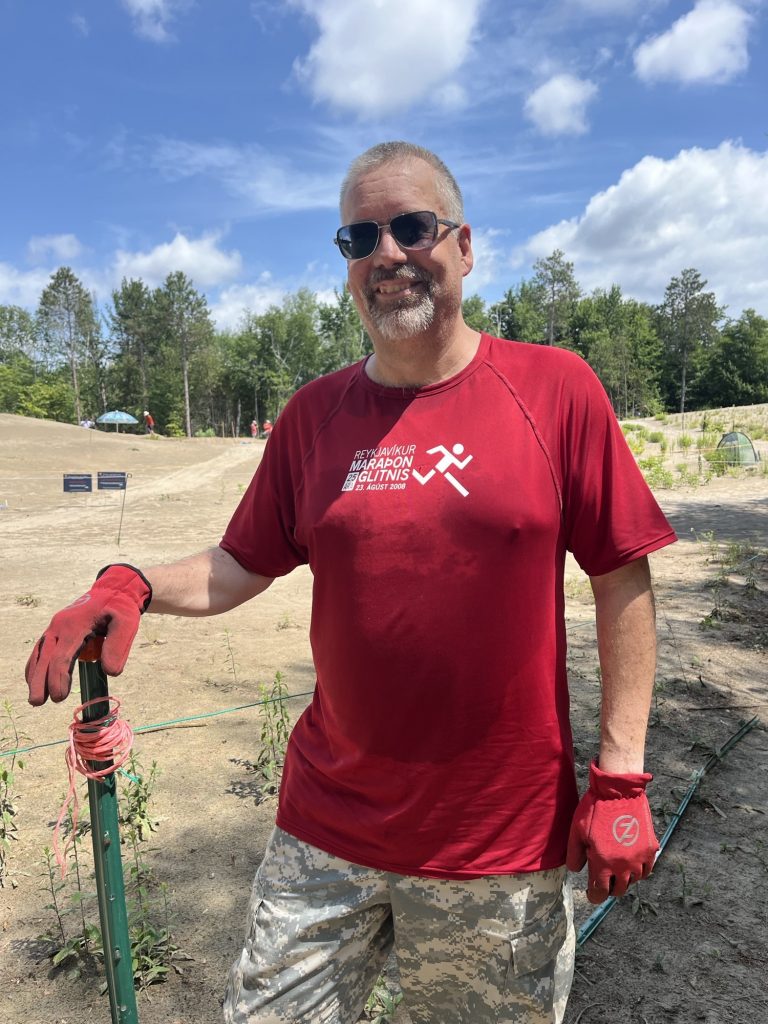
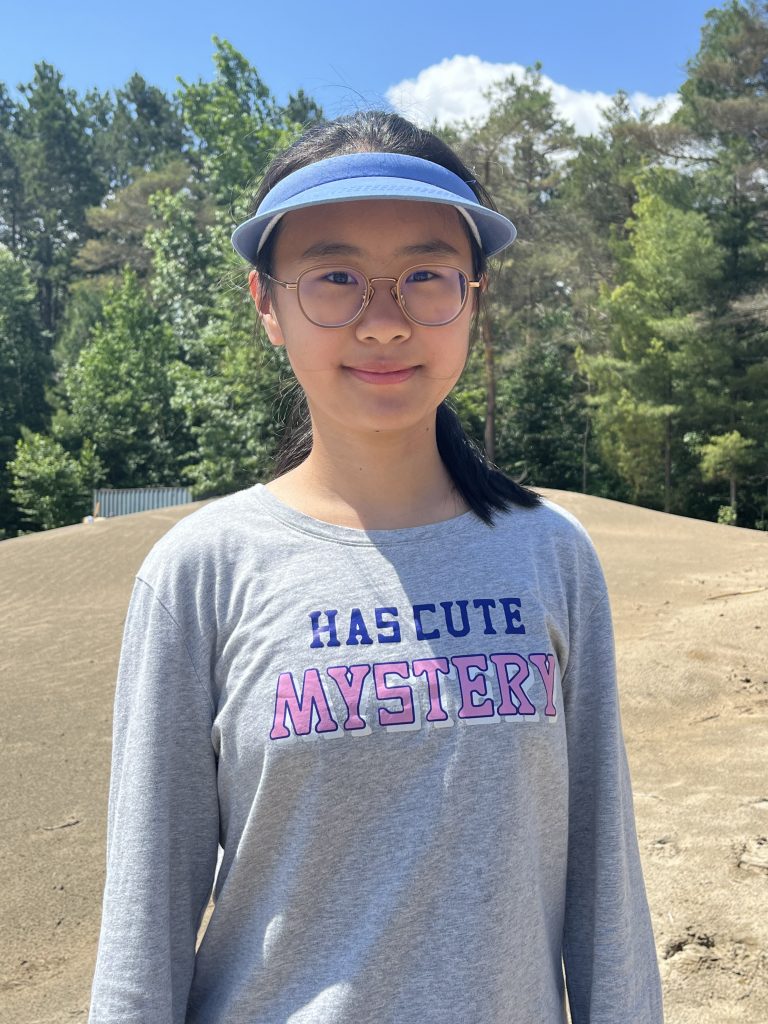
Steve, a recently retired software developer, comes to the Dunes on many Sunday mornings. “It’s an outdoor thing to do that’s social, useful and rewarding,” he says. Plus, a useful chance to be physical outside instead of sitting at a desk all day.
Felicity says she was looking for volunteer opportunities to fulfill her high school requirements but, keen to get stuck into all kinds of hand-on work, she plans to continue coming over the summer. “I really like going into nature, it’s relaxing,” she says.
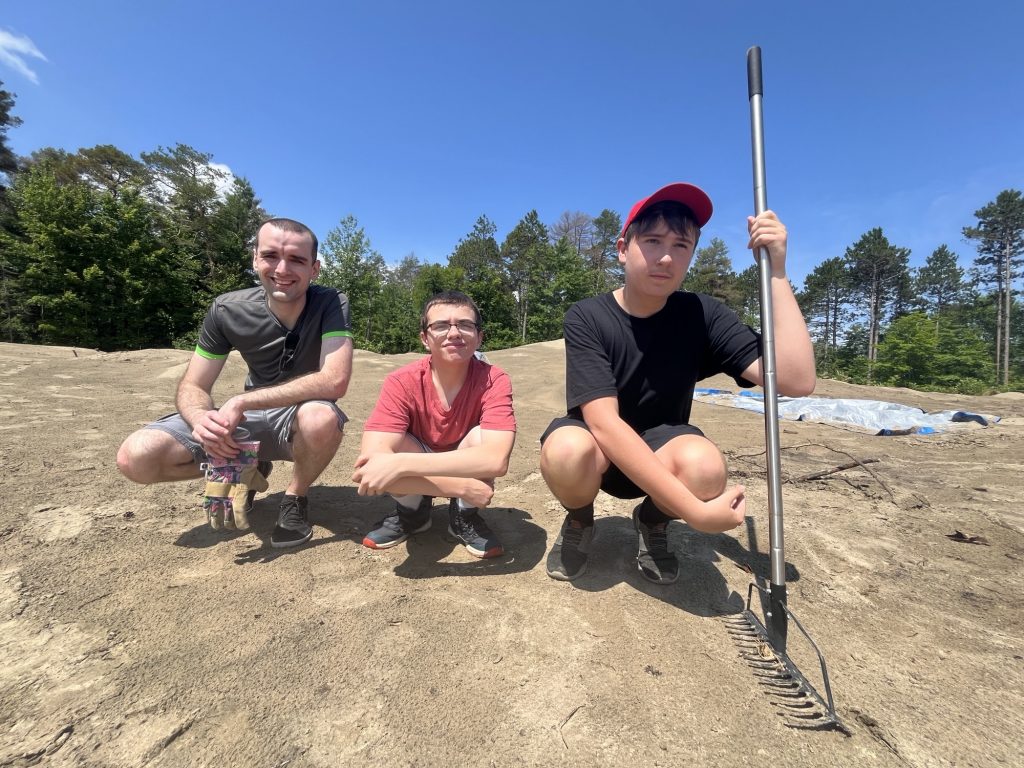
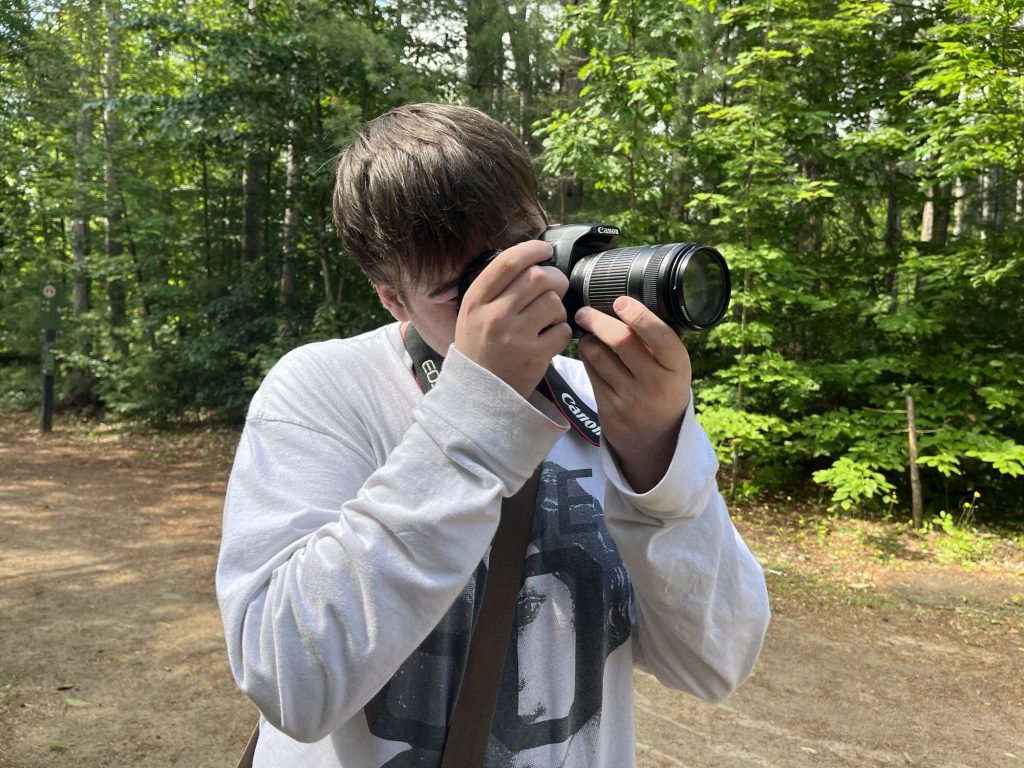
Hard at work with spades are Kelsey, Noah, and Hugo. Now armed with a biochemistry degree and working as a data analyst, Kelsey is returning to the Dunes having first visited on a high school science trip. “Being out of doors is a huge opportunity,” he says. Noah, who lives nearby has always been intrigued by the Dunes. “I’m really interested in history,” he says. Hugo, also a high school student like Noah, is working towards his 40 hours of volunteer work but says “it’s fun, and there are nice people here.”
Bringing a different but crucial skillset is 16-year old Zachary. A keen photographer and videographer, he documents work at the Dunes, crucial to showing how this rare ecosystem is changing for the better. “The Dunes are a unique setting in Ottawa, there are a lot of rare and endangered species here that we can see without going on safari.”
Meanwhile Ronan, heading to university to study mechanical engineering, is increasingly spending time at weekends and on summer weekdays doing landscaping, checking plants and even building tool shelves, all to help improve things at the Dunes. Having come on family visits in the past, he says “it’s a wonderful place and I’d like to see what happens here with all the great work being done.”
If you or your organization would be interested in joining us as a one-off or regularly, contact us.
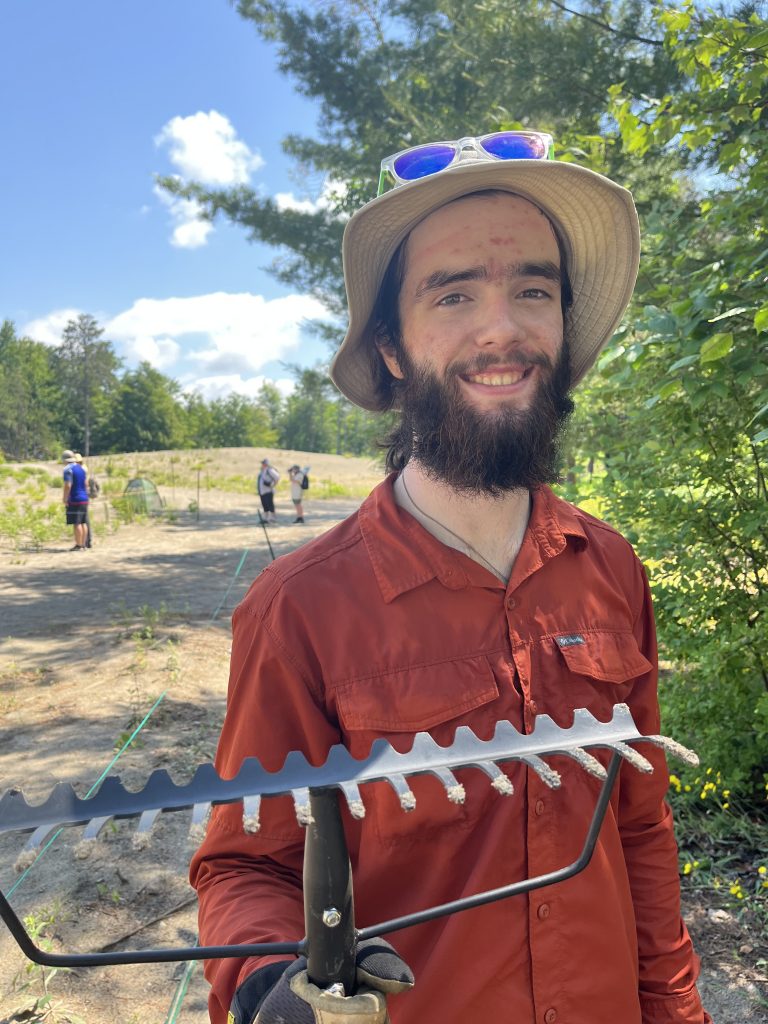
Poem
Life of a Wildflower
By Kate-Lynn McGowan
The whole world exists
in the eye of a wildflower,
spiralling outwards
Infinitely.
Carrying life,
breath, joy, beauty,
before withering away,
dying,
with one last eruption
of exquisite ecstasy.
Bowing in the shade
of a looming pine,
its roots anchored
deep underground,
the flower forgives
till its last breath.
Fading, greying winter
drapes snowy curtains over
the earth and all her wildflowers,
still laughing after death.
